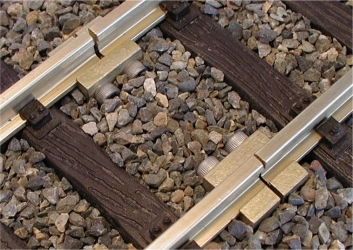Hi Sam
I started the train in the yard project last year. (It' a small Layout) I went at it full time hard charging. I knew nothing about 2 rail DC running. And even though I was always studying hard I screwed up by the numbers regularly.
I also wanted reversing loops . After all the dust settled in the planning I went with two separate loops and no reversing loops.
I failed on the learning curve when it comes to the reverse loops. I came to the conclusion they were a PITA.
Just me and my opinion only.
I used all LGB brass track and started with the idea of of R1 (4' diameter) and R2 (5'4" diameter). After laying it out I was immediately was not satisfied. And this resulted in a lot of 4' and 5'4" and a reversing loop switch I need to sell.
OH, Only Trains is a very nice place to deal with incidentally. https://www.onlytrains.com/mod...qEAQYASABEgILCfD_BwE
So I switched the plan to the inner loop R3 8'2" diameter minimum and the outer loop R5 10' diameter. It is kinda sorta better.lol
The thing that really sticks out to me was my poor planing on what trains I intended on running.
That's is where I originally in the very beginning dropped the ball.
Study that part of your project real hard. It will save money and headaches.
Other points to think about , What powers your engine. Track power, battery power it's all personal preference. What engines are you going to want, LGB, Backmann, USA what ever. What scale size 1:32 , 1:29, 1:20 ect ect. Do your want to run them engines remotely or not? What type of remote system do you want?
Also Split Jaw clamps on the track. (see last picture) only trains has all of them with good explanations on how they work. EXCELLENT PRODUCT and a must have I think.
Some of these may be off the wall but I'm just throwing them out to you for information.
I certainly hope you share your build with us on the forum.
I'm sure I can help mainly because I made so many darn mistakes it's pathetic. lol
Have fun by all means, I still do and it's still a work in progress.
Larry
PS Can't wait for spring so I can get into the yard project again with buildings.








